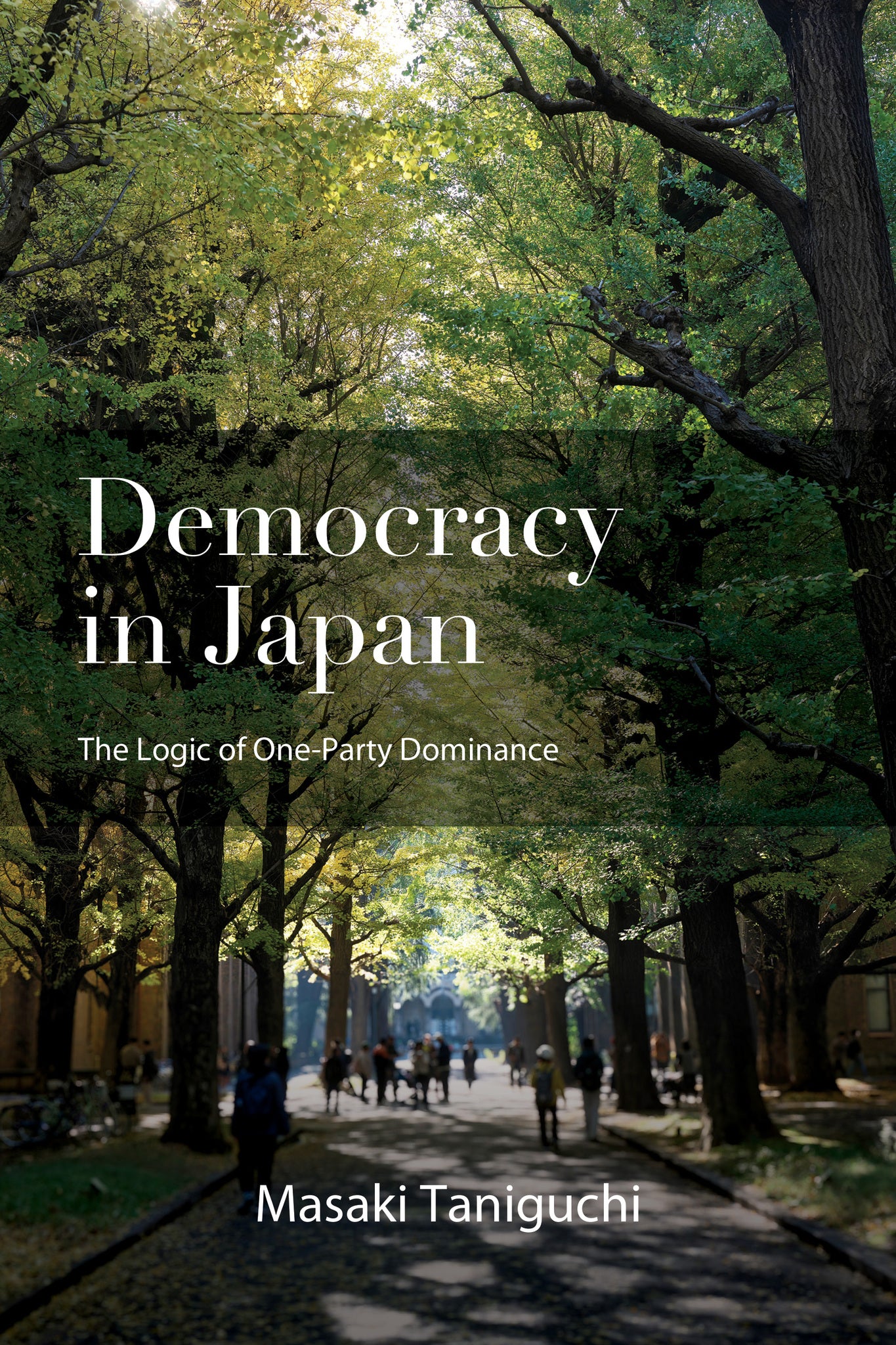We're sorry. An error has occurred
Please cancel or retry.
Democracy in Japan

Some error occured while loading the Quick View. Please close the Quick View and try reloading the page.
- Format:
-
01 March 2026

Analyzes Japanese democracy utilizing a comprehensive survey of politicians and voters.
Democracy in Japan is based on the monumental UTokyo-Asahi Survey, a survey of Japanese voters and political leaders conducted over two decades. It succeeds in estimating the preferences of individual politicians—including prime ministers and other top leaders—in the most straightforward and reliable way and comparing them with voters on the same scale. As a result, Masaki Taniguchi shows, the survey empirically reveals that the Liberal Democratic Party has been able to maintain one-party dominance despite its unprecedented shift to the right since 2012—not because voters' preferences have become more conservative but because it has maintained its valence in economic policy, which is not related to the left-right axis in Japan.


List of Illustrations
Acknowledgments
Abbreviations
Introduction
1. Disruption and Revival of the Dominant Party
2. Ideological Issues
3. Economic Issues
4. Policy Diversity within the Party
5. Policy Position of the Executive Branch
6. Allowing Agency Slack
7. Opposition Parties under One-Party Dominance
Conclusion
Appendix: The UTokyo-Asahi Survey
Notes
References
Index



